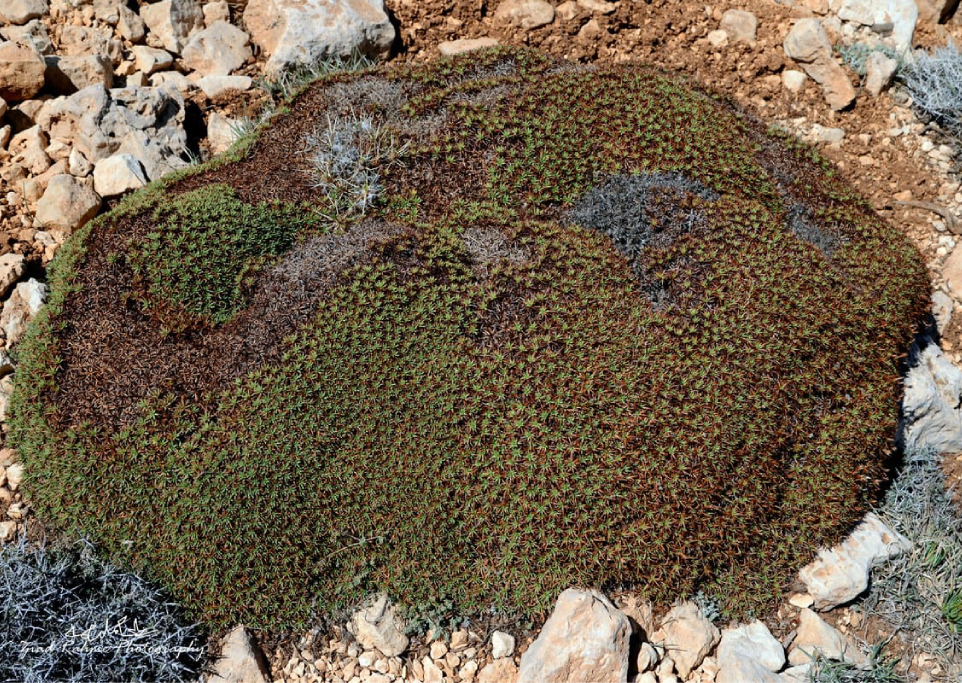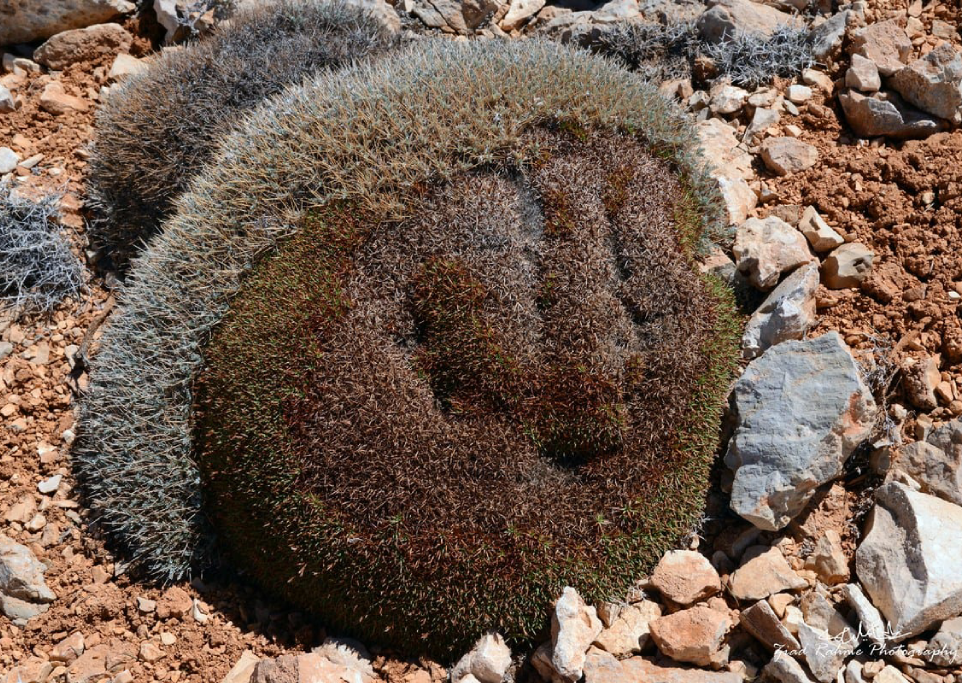A Spiky Surprise in the Shadow of Giants
Last summer, while hiking through Lebanon’s legendary cedar forests, I expected towering trees and crisp mountain air—but I didn’t anticipate stumbling upon a humble yet tenacious little plant clinging to the rocky slopes: Acantholimon libanoticum, the Lebanese prickly thrift.
Amid the grandeur of ancient cedars, this spiky evergreen seemed almost defiant. Its needle-like leaves formed tight, resilient cushions, and delicate pink flowers peeked out like shy confetti. It was a reminder that Lebanon’s biodiversity isn’t just about the iconic cedars; it’s also in the quiet survivors thriving underfoot. .
Why This Little Warrior Belongs in Your Garden (or Heart)
A Lesson in Resilience:
Like Lebanon’s cedars, Acantholimon libanoticum scoffs at harsh conditions. Drought? Poor soil? Blazing sun? No problem. It’s a symbol of endurance, much like the land itself.
Rock Garden Royalty:
If you love Mediterranean or alpine gardens, this plant is a star. Its silvery foliage and summer blooms add texture and subtle color, demanding zero pampering.
A Connection to the Wild:
For me, discovering it felt like uncovering a secret. It doesn’t shout for attention, but once you notice it, you’ll never forget its quiet beauty.
The Cedar Connection
Standing between cedars and this prickly thrift, I realized how Lebanon’s ecosystems depend on both giants and ground-dwellers. The cedars cast shade and shelter, while plants like Acantholimon stabilize the rocky soil, preventing erosion. Together, they’re a testament to nature’s balance.

The Cedar Connection
Standing between cedars and this prickly thrift, I realized how Lebanon’s ecosystems depend on both giants and ground-dwellers. The cedars cast shade and shelter, while plants like Acantholimon stabilize the rocky soil, preventing erosion. Together, they’re a testament to nature’s balance.
Bringing a Piece of Lebanon Home
You don’t need a mountain to grow this beauty—just a sunny spot and well-draining soil. Plant it alongside lavender or sedum for a drought-tolerant paradise. Every time I see mine, I’m back in those cedar forests, breathing in wild thyme and earth.
Final Thought:
Lebanon’s flora is more than its cedars. It’s in the unyielding spirit of plants like Acantholimon libanoticum—small, fierce, and utterly unforgettable.
Why This Matters for Eco-Travelers
Biodiversity Hotspot:
Lebanon’s mountains host over 2,000 plant species—many, like Acantholimon, found nowhere else. Spotting them turns a hike into a treasure hunt.
Silent Guardians:
These plants stabilize slopes, preventing erosion caused by deforestation. Admiring them helps travelers understand fragile ecosystems.
Photography Gold:
Macro shots of its starry pink flowers against rugged terrain are chef’s kiss for Instagram.

How to Be a Mindful Explorer
Stay on trails:
These plants survive harsh conditions but can’t handle trampling.
-
Take nothing but photos:
Acantholimon grows painfully slowly—leave it for others to discover.
Ask guides:
Locals know where to find it (and might share folklore—some call it “the cedar’s little thorn”).
The Takeaway
Lebanon’s cedars will steal your heart, but its alpine plants will humble you. Next time you hike, pause. Kneel. Spot the Acantholimon libanoticum—a quiet survivor that, like this land, thrives against all odds

Leave a Reply